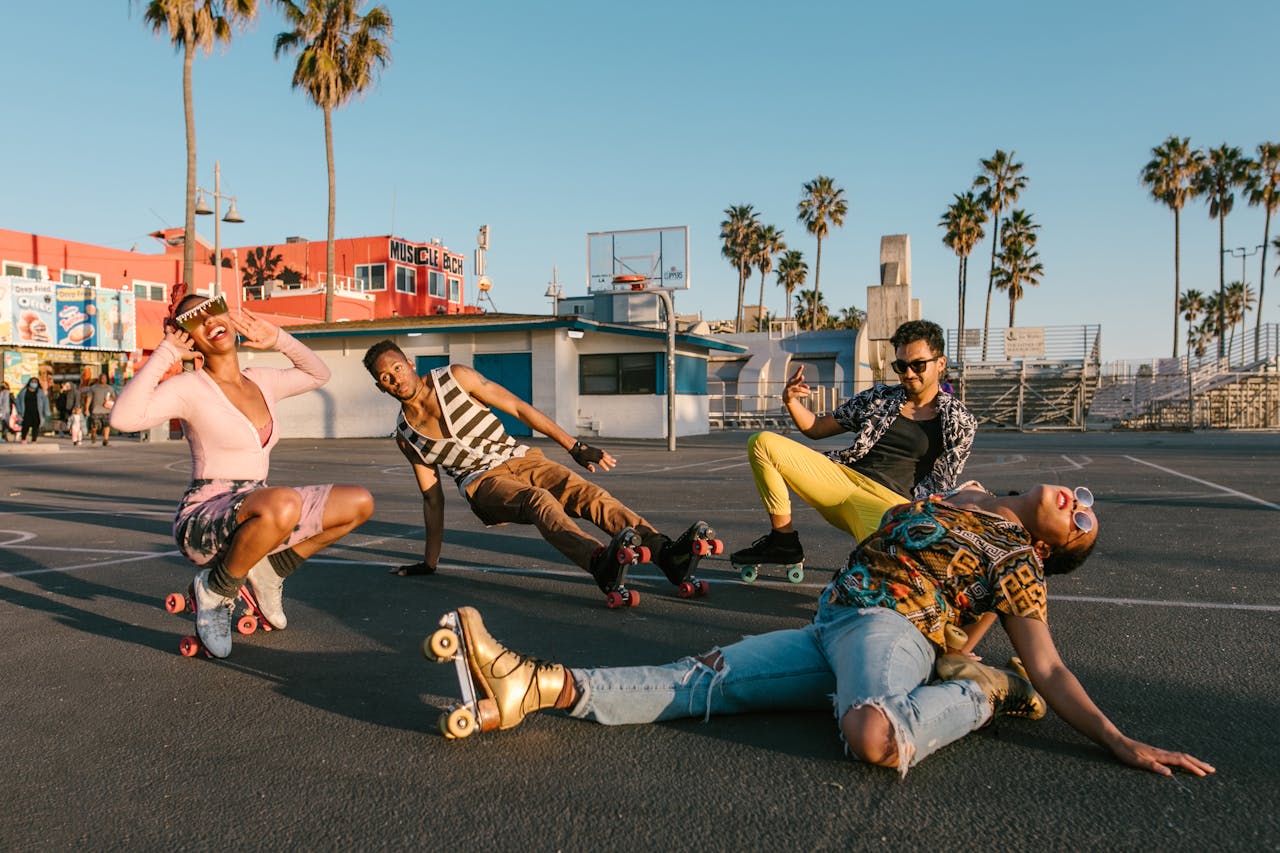Underconsumptioncore is Gen Z’s newest trend

A refreshing trend is taking the internet by storm, particularly among the youth. It’s not about flaunting the latest gadgets or designer clothes, but about embracing the beauty of minimalism and sustainability — underconsumptioncore.
TikTok, the digital playground for Gen Z, is abuzz with young people proudly showcasing their commitment to underconsumptioncore. This isn’t about being broke; it’s a deliberate choice to use what they already have, rather than constantly chasing the newest trends. From cherishing a well-loved Stanley water bottle to forgoing manicures and art purchases, Gen Z is turning the tables on traditional consumer habits.
Adeline Um, a 27-year-old musician from Boston, demonstrates this movement. She’s rediscovered the joy in using every last drop of skin care products and making do with slightly worn makeup brushes. Her wardrobe includes clothes that have stood the test of time, some dating back 15 years. Um’s journey is a departure from the relentless cycle of influencer-driven trends that flood social media, making young people feel they must constantly keep up with the latest fads.
“It’s not that wanting to buy new things is bad,” Um shared. “But there’s an oversaturation of feeling like you have to buy the newest thing to keep up.”
Underconsumptioncore is closely related to the “de-influencing” trend on TikTok, where users encourage others to resist the allure of trendy items peddled by influencers. This pushback against consumerism is a bold statement against the $50 million influencer market expected by 2028.
For a generation grappling with financial anxiety and environmental concerns, underconsumptioncore is both empowering and achievable.
A recent report by Bank of America highlights that over 50% of Gen Z adults view the cost of living as their biggest financial challenge. This trend offers a practical solution to budget constraints and environmental worries.
“They’re feeling the high cost of living,” said Holly O’Neill, president of retail banking at Bank of America. “They know they need to set a budget and find ways to cut back.”
‘Underconsumptioncore’
It transcends mere financial prudence. It’s about mindfulness and sustainability, as Um’s experience illustrates.
For Sabrina Pare, a 31-year-old content creator from Detroit, underconsumptioncore is a continuation of sustainability efforts, such as upcycling. While she acknowledges that these trends alone won’t solve climate change, they do offer a sense of control over one’s actions.
Despite its viral popularity, underconsumptioncore may not drastically alter overall spending trends. However, it reflects a broader narrative among the younger generation about financial well-being and sustainability.
A lifestyle choice
Gen Z’s preference for store or bargain brands over luxury items, and their methodical approach to spending, aligns with this trend.
“You don’t want to waste what you’ve already invested in or purchased; you want to optimize it,” O’Neill noted. “That has both a budget and a sustainability impact.”
Enjoying this article?
Subscribe to get more stories like this delivered to your inbox.
While Um admits she’s not immune to influencer culture, she welcomes the TikTok trends that promote mindful spending and personal finance. “You don’t need to buy a new set of hair straighteners just because your current ones are crusty,” she said. “If it still works, it still works. For me, it’s been a great reminder.”
In a world that often values more, Gen Z is leading the charge in valuing better. Underconsumptioncore is not just a trend; it’s a lifestyle choice that speaks to a deeper desire for sustainability, financial prudence, and a simpler way of living.
Related Stories:
Beauty Revolution: Gen Z transforming the cosmetic landscape
Why Gen Z women are having a change of heart with their clothing?
